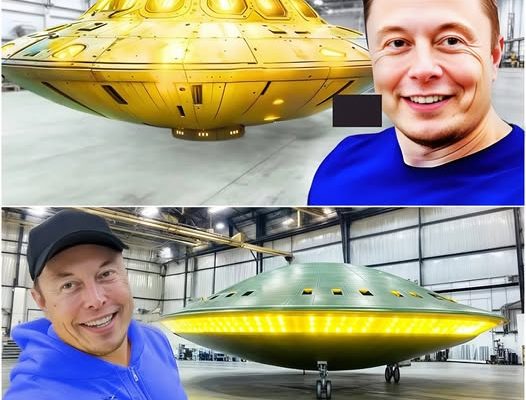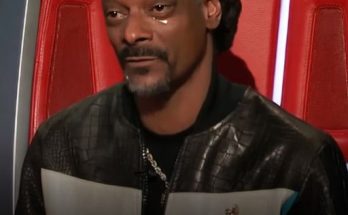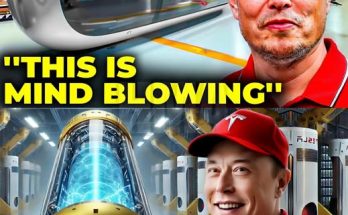Imagine traveling between cities at 700 mph, faster than a Boeing 747. Elon Musk is turning this sci-fi dream into reality with the Hyperloop, a revolutionary transportation system that promises to move passengers in vacuum tubes at speeds that exceed even bullet trains. Powered by solar panels, this system is not only faster than airplanes, but also environmentally sustainable. But can Musk really realize this ambitious vision? Join us as we explore the origins, challenges, and future potential of the Hyperloop.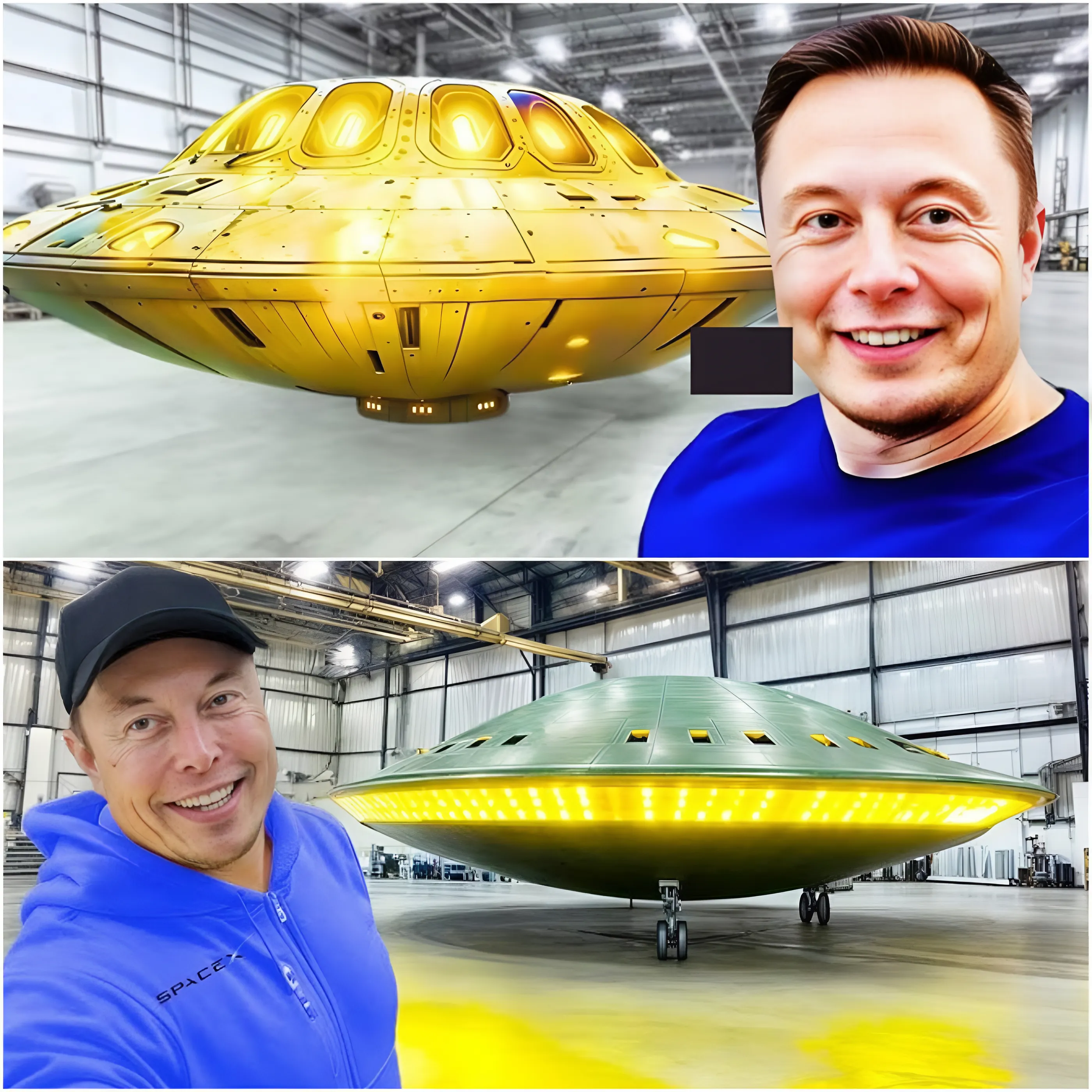
Traveling from San Francisco to Los Angeles in just 35 minutes might sound like science fiction, but it’s exactly what Elon Musk envisions with the Hyperloop. Renowned for groundbreaking innovations with Tesla and SpaceX, Musk is now looking to redefine ground transportation.
The concept of the Hyperloop was first introduced in 2012. Musk envisioned high-speed pods moving inside vacuum tubes, removing almost all air resistance. Although many considered the idea far-fetched, Musk took it seriously, publishing in 2013 an open-source document titled “Hyperloop Alpha,” detailing his plan.
Interestingly, the concept of vacuum-based transport is not new. It goes back centuries, with experiments in the 18th and 19th centuries, and the advances of scientist Robert Goddard in the 20th century. Musk has brought these ideas into the modern era, integrating them with advanced technology to create a futuristic transportation network.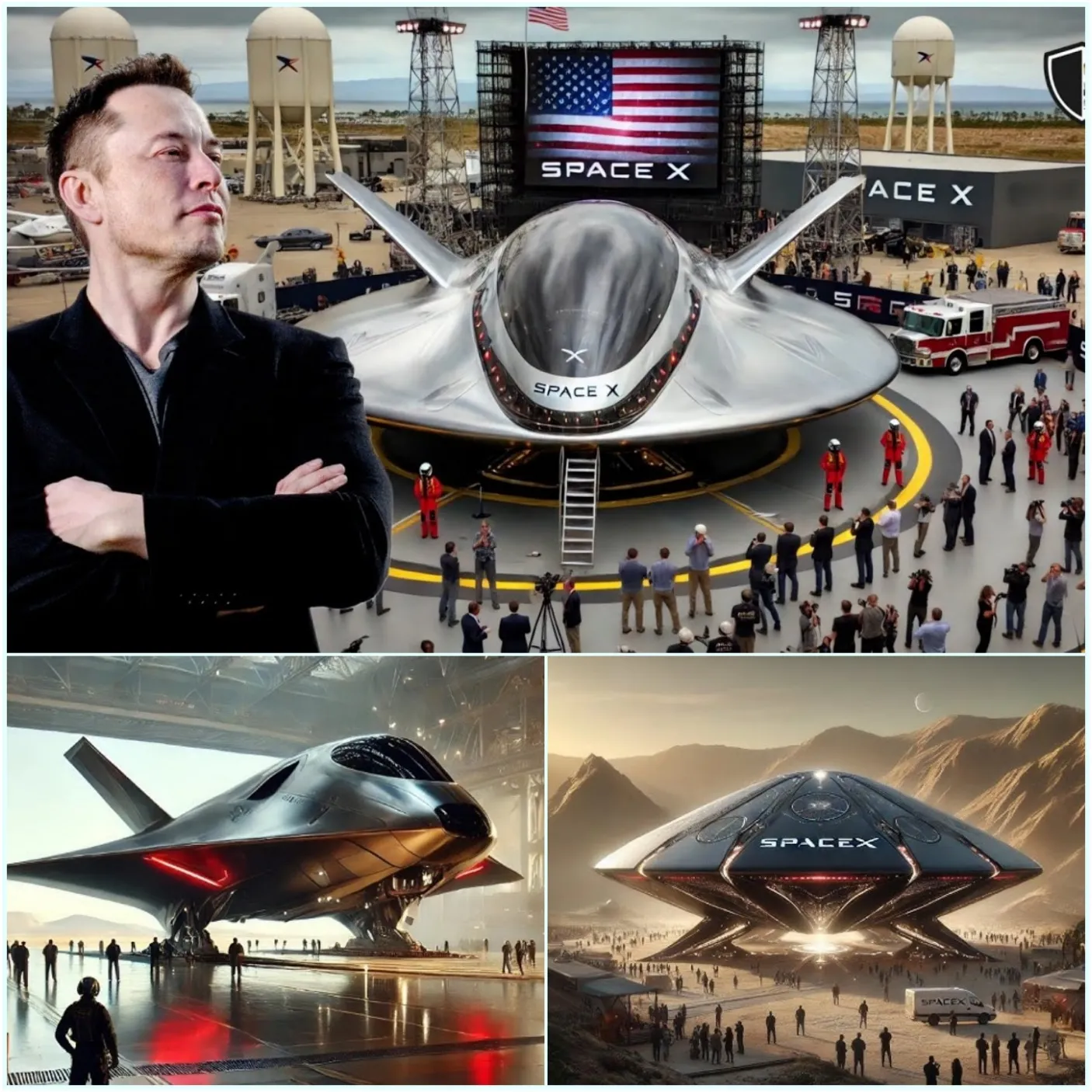
The Hyperloop operates in a near-vacuum environment, reducing air resistance to almost zero. Using magnetic levitation (Maglev) technology, the capsules float and slide down the tubes like a hovercraft, minimizing friction and allowing speeds of up to 700 mph.
Some key elements include:
Vacuum pipes: Sealed pipes remove most of the air resistance, making transportation extremely energy efficient. However, maintaining the vacuum over large distances is a significant engineering challenge.
Magnetic propulsion: Electromagnetic linear motors propel the capsules forward. Once accelerated, the capsules consume a minimal amount of energy to maintain their speed.
Sustainability: Musk envisions a system powered entirely by solar energy, with solar panels covering the pipes, making the Hyperloop an unprecedented eco-friendly transportation option.
Although it promises to be revolutionary, the Hyperloop faces significant challenges:
Costs: The infrastructure needed could cost billions of dollars. Musk claims that the Hyperloop would be cheaper than the high-speed rail project in California, but it will require significant investments.
Safety: At 700 mph, safety systems must be impeccable. Emergency brakes, failure measures and protocols for potential pressure leaks are needed.
Passenger comfort: Ensuring a smooth and turbulence-free ride is essential to avoid motion sickness and ensure user satisfaction.
Regulation: Government approvals, land acquisitions, and environmental permits represent major barriers.
The Hyperloop is no longer just a Musk dream. Since the concept became open source, teams around the world are working to develop it:
Virgin Hyperloop: Conducted the first passenger test in 2020, demonstrating the feasibility of the technology.
TUM Hyperloop: A German team has broken speed records in competitions organized by SpaceX.
Although the prototypes are still far from reaching the target speeds of 700 mph, the advances are undeniable.
If successful, the Hyperloop could transform the way we travel:
Environmental benefits: A solar-powered Hyperloop could significantly reduce carbon emissions, especially on routes dominated by short-haul flights.
Economic transformation: By drastically reducing travel times, the Hyperloop could boost collaboration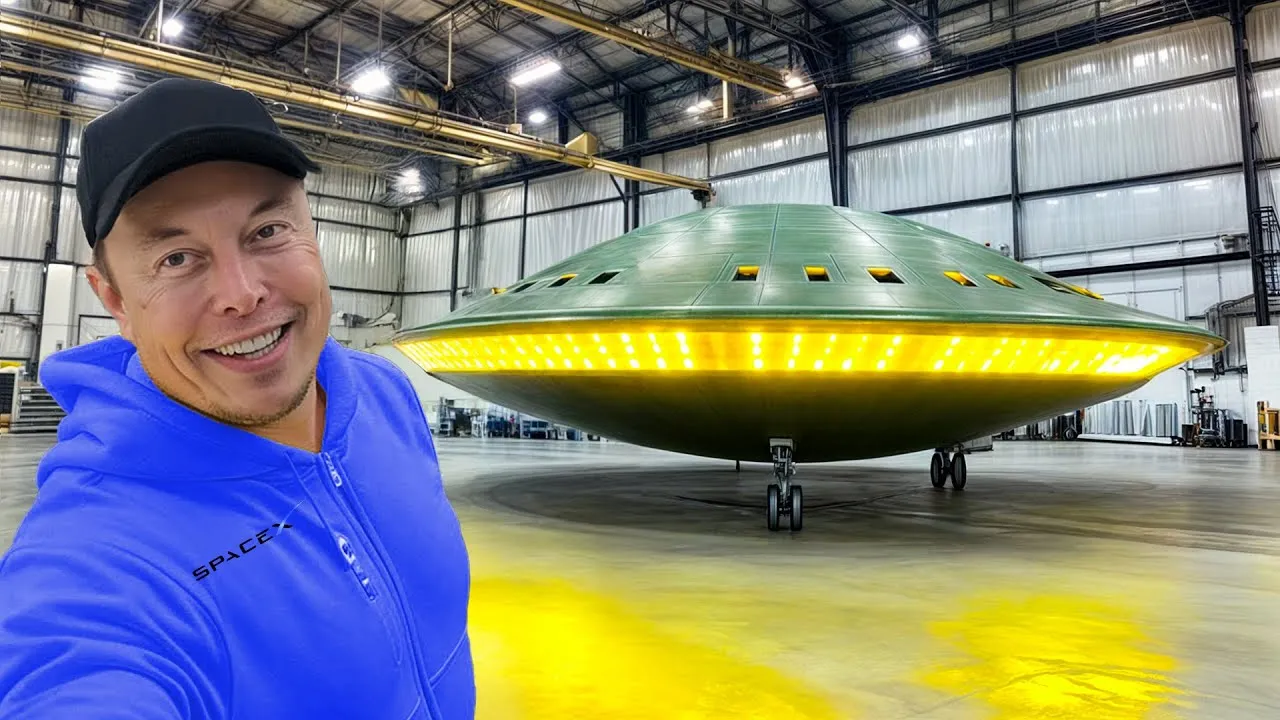
Convenience: With flexible departures and minimal delays, it’s shaping up to be a dream for modern travelers.
Elon Musk’s Hyperloop is not just a faster means of transportation, but a vision for a sustainable and interconnected future. Despite the challenges, the progress made so far suggests that this project is more than just a dream. If it materializes, it could spark a revolution in transportation, making 700 mph travel a reality and forever transforming the way we get around.
